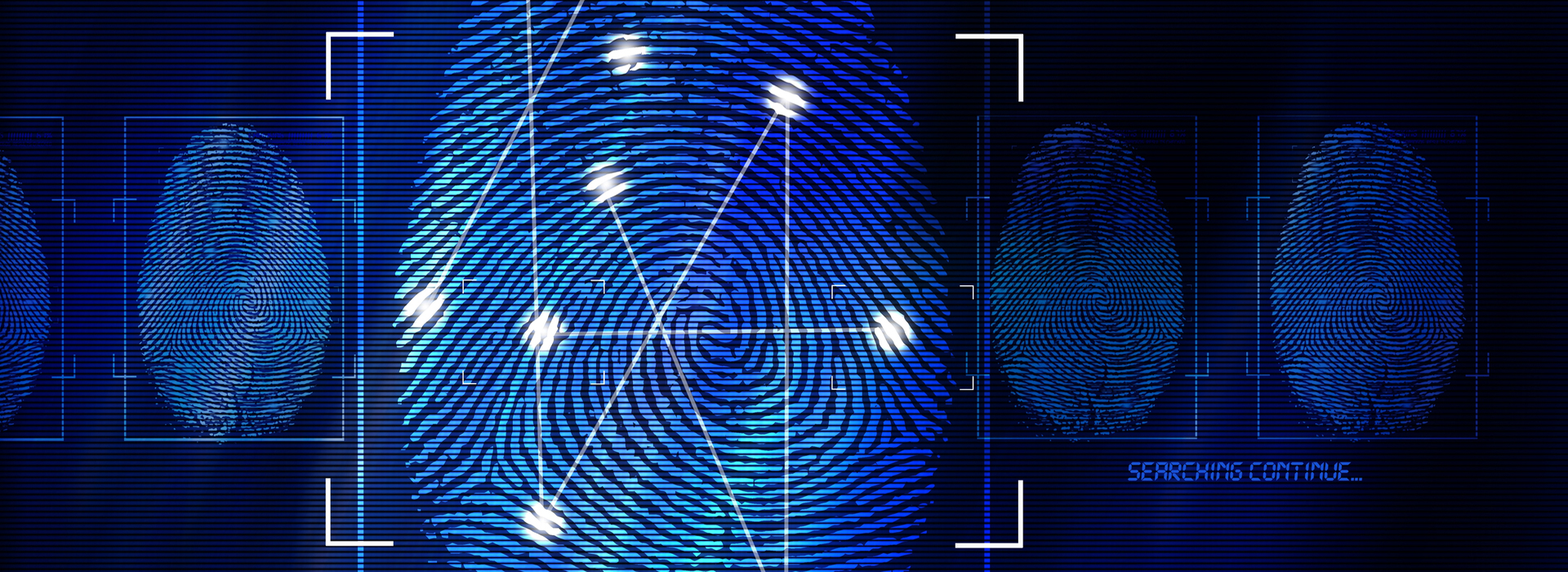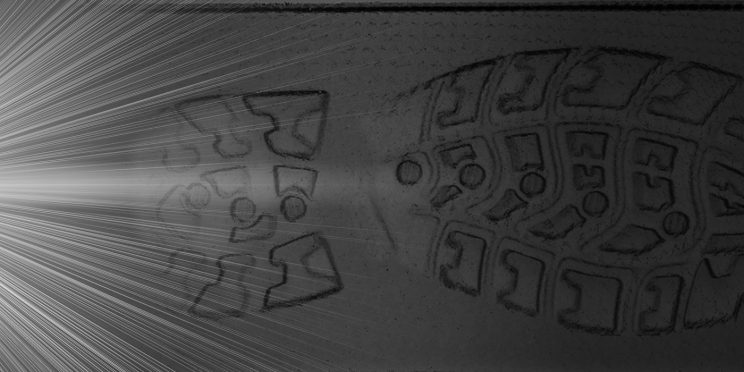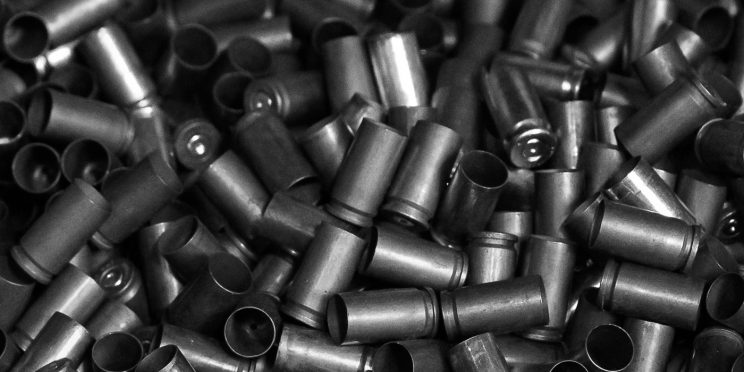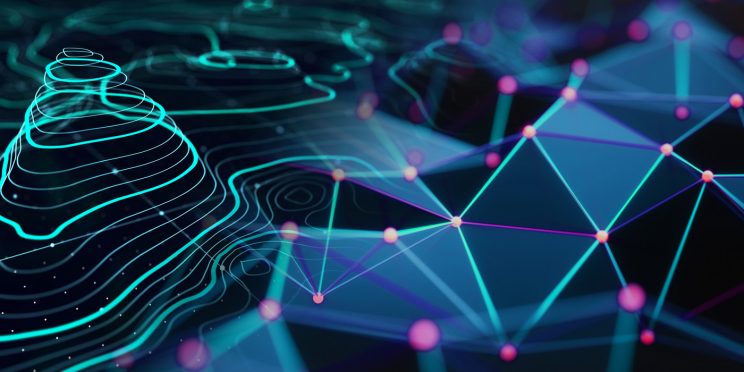This webinar originally occurred on June 8, 2021
Duration: 1 hour
Overview
LatentSleuth is a novel software toolset designed for (and with direct feedback from) latent print examiners. The toolset includes a small-scale automated fingerprint identification system (AFIS) matcher that leverages a novel matching algorithm that calculates a warp between a latent print image and a given reference print image.
The resultant warp allows any point in “latent space” to be mapped to “reference space” (and vice versa). The non-linear nature of the warp allows the matching algorithm to fully account for the elasticity of skin that creates the significant distortion differences between latent prints and associated reference prints (a characteristic that makes latent print matching difficult by nature).
The ‘small-scale’ (but powerful) nature of LatentSleuth’s underlying matcher algorithm makes it ideal for scenarios where the number of identities being compared is low, such as matching against an expanded return set from a large scale AFIS matcher, or running against tenprints from suspected individuals or identities that are not in AFIS databases.
To determine the accuracy and validity of the LatentSleuth software for use in casework, 600 automated searches were completed using 200 latent prints with true-mated reference prints. Fifty latent prints of four different quality levels (high, medium high, medium low, and low) were searched against groups consisting of three, five, or ten sets of reference images (tenprint cards). Medium low and low quality latent prints were searched with automated processing edits and again with manual processing, while high and medium high latent prints were only searched with automated processing.
The LatentSleuth software provided accurate results in all latent print quality levels against all three levels of comparison complexity and was deemed suitable for use in casework. The technology was then implemented into casework to determine if it improved the efficiency of the comparison workflow and/or the accuracy of results.
The search phase of traditional manual comparisons was compared against the time spent using the software: uploading images and reviewing recognition results. One hundred and thirteen cases were completed by two examiners, one examiner conducing manual comparisons, one examiner using LatentSleuth.
Detailed Learning Objectives
- Presenters demonstrated a comprehensive quantification of a latent image’s entire structure and how that quantification is exploited in a commercially available workstation for latent print examination.
- Presenters showed, via application of the LatentSleuth WARP technology, the creation of a fully objective measurement of a fingerprint image’s coverage of a latent image’s complete structure.
- The fully objective measurement will be used to create a database rarity model for a candidate image’s coverage of the entire structure of a specific latent image.
Presenters
- Daniel Gantz | Vice President of Software and Services for Sciometrics LLC
- Donald Gantz | Professor Emeritus of Statistics at George Mason University
- Jessica Davis | Forensic Scientist Supervisor at the Virginia Department of Forensic Science
Funding for this Forensic Technology Center of Excellence webinar has been provided by the National Institute of Justice, Office of Justice Programs, U.S. Department of Justice.
The opinions, findings, and conclusions or recommendations expressed in this webinar are those of the presenter(s) and do not necessarily reflect those of the U.S. Department of Justice.
Contact us at ForensicCOE@rti.org with any questions and subscribe to our newsletter for notifications.




